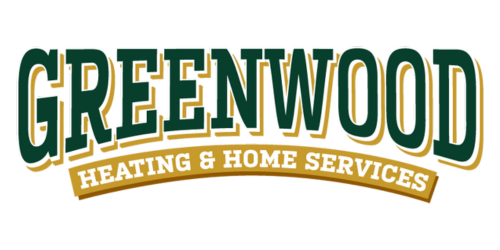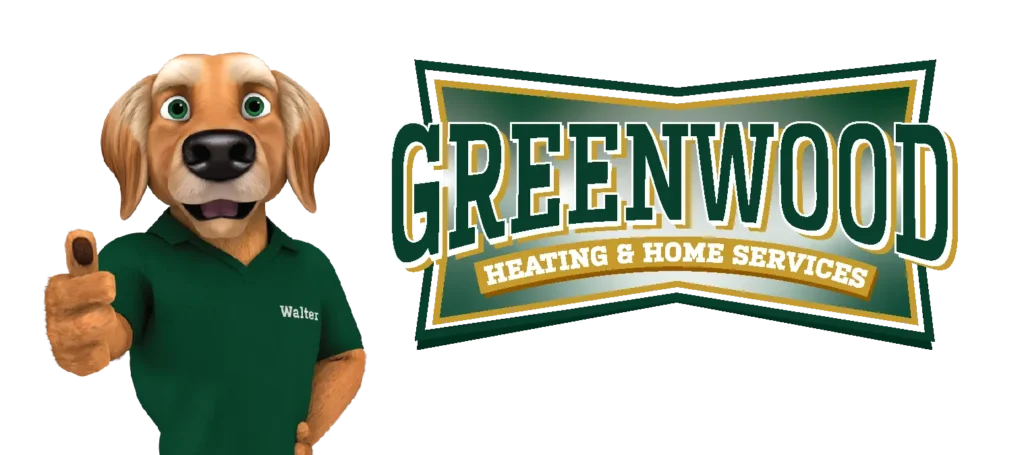
Your furnace is the heart of your home’s heating system, providing warmth and comfort during the chilly months. Understanding how it works and the importance of regular furnace maintenance in Seattle is essential for ensuring its optimal performance and longevity.
From the basic mechanics of a furnace to the signs indicating it needs attention, this guide aims to equip you with the knowledge and strategies necessary to keep your furnace running smoothly for years to come.

How a Furnace Works
Furnaces produce heat by burning fuel like natural gas, oil, or propane, or by using electric resistance heating. The fuel burns in the burner, creating heat that moves to a heat exchanger. This part warms the air, which then travels around the building through ducts or radiators. A thermostat controls the temperature by watching it and telling the furnace to start or stop as needed, keeping the indoor temperature right.
Importance of Regular Maintenance
Regular mainance of your furnace is essential for several reasons.
- Prolonging the Lifespan of Your Furnace: Regular maintenance helps extend the lifespan of your furnace by ensuring that all components are in good working condition.
- Ensuring Safety: A well-maintained furnace is less likely to develop safety hazards such as gas leaks, carbon monoxide leaks, or electrical malfunctions.
- Improving Energy Efficiency: Clean filters, lubricated components, and properly calibrated thermostats ensure optimal performance and prevent energy waste.
- Avoiding Costly Repairs: Small repairs and adjustments made during routine maintenance visits can prevent breakdowns and extend the life of your furnace.
Signs Your Furnace Needs Maintenance
Strange Noises
Strange noises coming from your furnace can be an early indicator of underlying issues that require attention. These noises may include banging, rattling, squealing, or even rumbling sounds.
Reduced Heating Efficiency
If you notice that your furnace is struggling to maintain a consistent temperature throughout your home or takes longer than usual to heat your living space, it could be a sign of reduced heating efficiency.
Uneven Heating
Uneven heating in your home is another common sign that you need to schedule furnance maintenance in Seattle. You may notice that some rooms are excessively warm while others remain chilly. This could indicate problems with your furnace’s zoning system or thermostat calibration, leading to imbalanced heating distribution.
Increased Energy Bills
A sudden spike in your energy bills without a corresponding increase in usage could be a sign of reduced furnace efficiency. This can result from various factors, including reduced furnace efficiency due to dirty or clogged air filters, malfunctioning thermostat, or worn-out components.
DIY Maintenance Tips
You can do a lot on your end to maintain your furnace. Here are some simple do-it-yourself tips:
Regularly Change Air Filters
Dirty filters restrict airflow, reducing efficiency and putting unnecessary strain on the system. Aim to replace disposable filters every 1-3 months, or clean and reinsert reusable filters according to manufacturer’s instructions.
Keep Vents and Ducts Clean and Unobstructed
Ensure that vents and ducts are free from dust, debris, and obstructions to maintain proper airflow throughout your home. Vacuum vents regularly and remove any furniture or objects blocking airflow to ensure efficient heating distribution.
Check for and Seal Air Leaks
Inspect windows, doors, and other potential sources of air leaks around your home. Use weather stripping or caulking to seal gaps and prevent warm air from escaping, reducing the workload on your furnace.
Check and Adjust Thermostat Settings
Regularly check and adjust your thermostat settings to ensure optimal comfort and energy efficiency. Consider investing in a programmable thermostat to automatically adjust temperatures based on your schedule, saving energy when heating is not required.
Professional Maintenance Procedures
While some tasks can be performed by homeowners, certain procedures are best left to qualified technicians. Here are essential professional procedures included in professional furnance maintenance in Seattle:
Annual Inspection and Tune-Up by a Qualified Technician
Schedule an annual inspection and tune-up with a qualified HVAC technician to ensure your furnace operates safely and efficiently. During the service appointment, the technician will perform a comprehensive inspection of the furnace, checking for any signs of wear, damage, or malfunction. They will also clean and adjust components as needed to optimize performance and prevent potential issues.
Cleaning and Inspection of Furnace Components
Professional technicians will clean and inspect all furnace components, including the burner, heat exchanger, blower motor, and air ducts. Removing built-up dirt, debris, and sediment helps improve airflow and prevents overheating or combustion problems. The technician will also inspect for any signs of corrosion, leaks, or damage that may compromise the furnace’s performance or safety.
Testing for Carbon Monoxide Leaks
Carbon monoxide (CO) is a silent and potentially deadly gas produced by incomplete combustion in furnaces. Professional technicians will perform CO testing to ensure there are no leaks or emissions within your home. They will check for proper ventilation and combustion air supply, as well as inspect the furnace’s exhaust system for any blockages or malfunctions that could lead to CO buildup.
Repairing or Replacing Worn-Out Parts
During the inspection, the technician will identify any worn-out or malfunctioning parts that require repair or replacement. This may include components such as the blower motor, ignition system, gas valve, or heat exchanger. Prompt repair or replacement of worn-out parts helps prevent system breakdowns, ensures reliable operation, and extends the lifespan of your furnace.

Extended Lifespan through Upgrades and Retrofits
To enhance the longevity and efficiency of your furnace, consider implementing the following upgrades and retrofits:
Installing a Programmable Thermostat
Installing a programmable thermostat enables you to set different temperature levels for various times of the day, automatically adjusting heating settings to match your schedule.
This reduces unnecessary heating when you’re away or asleep, lowering energy consumption, decreasing wear and tear on your furnace, and prolonging its lifespan. Additionally, precise temperature control provided by a programmable thermostat helps maintain consistent comfort levels throughout your home, enhancing overall efficiency.
Adding Zoning Systems for Better Control
Zoning systems divide your home into separate heating zones, each with its thermostat and control dampers in the ductwork. This allows you to customize heating settings for different areas of your home, ensuring comfort where and when it’s needed most.
By directing heated air only to occupied zones, zoning systems reduce energy waste, improve efficiency, and lessen the workload on your furnace, ultimately extending its lifespan.
Upgrading to a More Energy-Efficient Furnace Model
Older furnaces may be less energy-efficient and more prone to breakdowns, leading to higher operating costs and shorter lifespans. Upgrading to a newer, more energy-efficient furnace model can significantly reduce energy consumption, lower utility bills, and enhance overall comfort.
Modern furnaces feature advanced technologies such as variable-speed motors, sealed combustion chambers, and high-efficiency heat exchangers, providing superior performance and reliability.
Long-Term Strategies for Furnace Maintenance
Maintaining your furnace over the long term involves implementing effective strategies to ensure its continued performance and reliability.
Keeping Records of Maintenance Activities
Maintaining records of all maintenance activities, including inspections, tune-ups, repairs, and part replacements, provides valuable insight into your furnace’s history and condition. This information helps track maintenance schedules, identify recurring issues, and plan for future servicing needs.
Setting Up Reminders for Regular Maintenance Tasks
Establishing a system for scheduling and reminders ensures that regular maintenance tasks are not overlooked. Use calendars, mobile apps, or digital reminders to schedule annual inspections, filter replacements, and other routine maintenance activities.
Planning for Eventual Furnace Replacement
Despite regular maintenance, furnaces have a finite lifespan and will eventually require replacement. Planning for this eventuality allows you to budget for a new furnace and research replacement options well in advance. Consider factors such as energy efficiency, heating capacity, and compatibility with your home’s heating system when selecting a new furnace.
Seeking Professional Advice for Optimal Maintenance Practices
Consulting with a qualified HVAC professional is essential for developing optimal maintenance practices tailored to your furnace’s specific needs. HVAC technicians can provide expert guidance on maintenance schedules, recommended services, and troubleshooting strategies. They can also offer valuable insights into energy-saving techniques, equipment upgrades, and long-term maintenance strategies.

Do You Need Furnace Maintenance in Seattle?
Experience the legacy of Greenwood Heating! With over a century of expertise in heating solutions, trust us to keep your home cozy and comfortable. Schedule your furnace maintenance with us today for reliable service you can count on.








No comment yet, add your voice below!